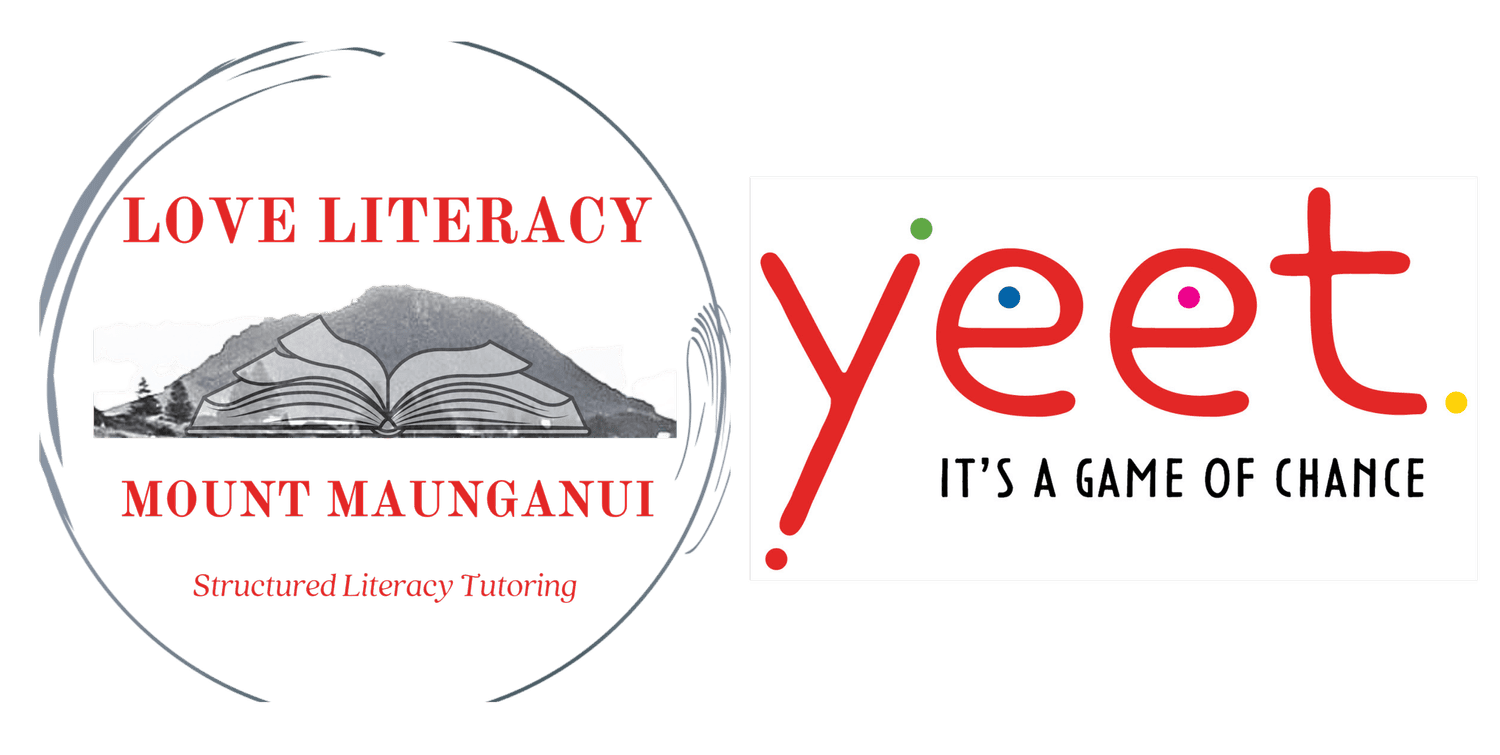Sometimes I get it wrong!
This week I wanted to reflect on not always getting it right. It’s pretty challenging to get everything right all the time, even with the best tools at our disposal!
At the end of last term, I was working my way steadily through slides in The Syntax Project, and with one particular group I teach, I got up to FANBOYS. It didn’t go as planned.
To provide some context, as many of you know (after other career paths), I started my teaching journey as an Early Childhood Teacher. I began intervention tutoring in literacy after my seemingly unteachable son needed to learn to read, write, and spell. Seeing as no one else seemed able to support him, I trained myself to do that job. He’s 17 now and has left school.
The flip side of this is that I now get to support many families who travel a similar journey to ours. The downside is that sometimes I have to work extra hard to learn all the intricacies of language, sentence structure, and syntax as I go. Even after 5 years of teaching how the brain learns to read, write, and spell, I’m still on my learning journey. I wear my heart on my sleeve, and many of you join in my journey of discovery with me as I post about things I learn.
Anyway, back to FANBOYS. I had not heard of this, but I’ve always taught by the sage advice of a previous mentor, ‘the best way to learn is to teach it yourself’. So armed with this analogy, I set out to read through the slides I was to teach that week. Note – confidence was high here!
I got the idea of it, and I understood the concept. It was complex, but I felt pretty comfortable. That is, until during the lesson, I realised I had not researched this enough. The whole concept was about teaching my students to use a comma between independent clauses, separated by either for, and, nor, but, or, yet, or so.
Problem number one – my students had forgotten what an independent clause was. Problem number two – my students didn’t know what nor, for, or yet meant, or how to use them in a sentence!
We had to abandon the lesson. Laughingly, I can look back on the expressions on their faces as I tried to overload them with too many things too fast. I even remember saying, “I can tell I am not teaching this well at all”. Reflecting on this over the holidays, I decided to go back to what we did know as a way to build up to this lesson. I was determined to learn how to teach this, and teach it well.
What we did know:
We knew how to write a complete sentence with a subject and predicate that has appropriate punctuation and makes sense.
We knew the conjunctions and, but, because, and so.
We knew how to join two sentences together with either and, but, because, and so.
What I decided to do:
Review joining sentences with and, but, because, and so.
Review what an independent and dependent clause was.
Practice joining independent clauses together using and, but, because, and so.
Ensure my students knew that if the sentences could stand alone without the conjunction, there should be a comma.
After we felt comfortable with and, but, because, and so, I added in or.
This week, I’m teaching them about nor, yet, and for. I’ve prepared the following:
For – explains and gives a reason (like because)
Nor – gives an alternate negative idea
Yet – provides a contrasting idea
I got ChatGPT to support me by coming up with some sentence examples using for, nor, and yet that I adapted to fit in with sounds and spelling patterns:
She couldn’t attend the meeting, for she had to go to the doctor.
They decided to go on a hike, for the weather was perfect.
He neither sang nor danced at the party.
The restaurant had neither vegetarian nor vegan options on the menu.
He studied for the exam, yet he didn’t do as well as he had hoped.
They saved money for months, yet they still couldn’t afford to go on holiday.
I’m hoping this week’s lesson goes much more smoothly. For me, overall the key takeaways are as follows.
It’s important to be open to continually learning and adapting.
Despite teaching experience, there is always more to learn.
We need to be adaptable in teaching methods, I adjusted my teaching strategy to ensure better comprehension and engagement from my students.
Build on foundations; instead of persisting with a concept that is not well-received, it’s ok to go back to basics and build upon what students already know, then introduce more complex ideas.
Finally, it’s ok to get it wrong. Effective teaching is built on personal growth.
